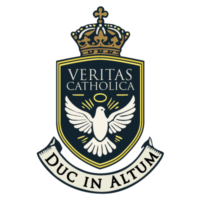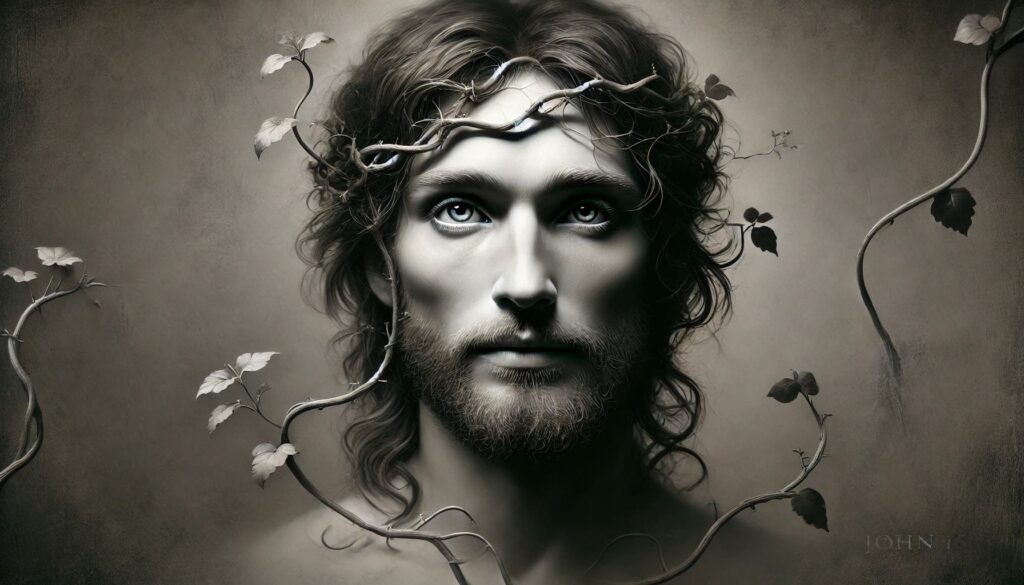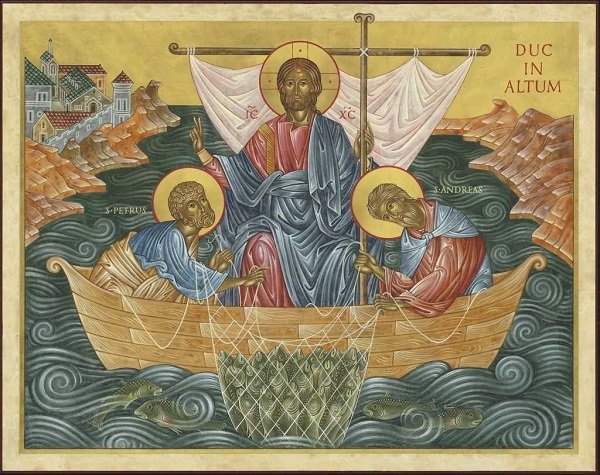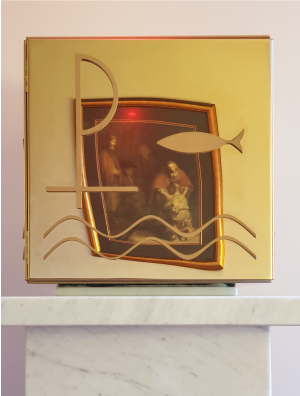There is a tendency, especially among modern readers, to gloss over certain images in Scripture. We pass by them as though they were pleasant backdrops, decorative motifs to accompany the more “serious” points of theology. But this is to misunderstand entirely the power and weight that symbols can carry. The image of Christ as the true vine, which he himself gives us in John’s Gospel, is no mere metaphor, no passing flourish of rhetoric. Rather, it is an image which opens a window into a profound and divine reality.
Let us begin with the obvious: vines are plants. A statement so simple that it is nearly absurd. Yet in its simplicity lies a theological depth. For what is a vine but a living, growing organism, deeply rooted in the earth, yet stretching itself upward, outward, toward the light? It is not a thing of static beauty, like a sculpture or a painting, but a living being, growing and producing fruit, utterly dependent on its environment for life.
A Rooted Reality
When Jesus says, “I am the true vine,” he does not describe himself as a mere object, isolated and static. He is not some aloof deity, removed from the world, indifferent to the messiness of human existence. No, he is the vine—a living, rooted being, intimately tied to the soil in which it grows. He is rooted in the earth, but not merely in the physical sense of being incarnate, though that is certainly true. He is rooted in humanity, in the depths of creation itself, drawing life from the same ground that supports us all.
And what is this soil in which the vine grows? It is the will of God the Father. Throughout his earthly ministry, Christ is emphatic that he does not act independently of the Father. Every action he takes, every word he speaks, is rooted in the will of his Father. “I do nothing of my own,” he tells us, “but speak just what the Father has taught me” (John 8:28).1 The vine draws its life from the soil, and Christ draws his life from the Father, in perfect obedience and submission.
But, of course, the vine does not grow for its own sake. It is not like some ornamental tree planted in a garden to be admired from afar. No, a vine exists for one purpose: to produce fruit. And here is where the analogy becomes deeply uncomfortable for us. For what is the fruit of Christ, the true vine? It is us, you and I, who are called to remain in him and bear fruit.
The Challenge of Dependence
We live in a world that prizes independence, self-sufficiency, and autonomy. From a young age, we are taught to “stand on our own two feet” and to “make something of ourselves.” The very idea of being dependent on anyone or anything is seen as weakness, something to be avoided at all costs. And yet, the image of the vine cuts through this modern myth with alarming precision.
Christ tells us plainly: “Apart from me, you can do nothing” (John 15:5).2 Nothing. This is not a message that sits well with our self-made, self-reliant world. We would prefer a God who offers us advice, who gives us a little help here and there when we need it, but leaves us to run our own lives as we see fit. But that is not the God we are given. Instead, we are told that we are utterly dependent on him for our very existence, for our ability to bear any fruit at all.
We are not self-sufficient. We are branches, fragile and weak, incapable of producing anything good on our own. This is not a message designed to bolster our pride. But it is a message that, once accepted, brings with it a deep and abiding peace. For the branch that remains in the vine is not burdened with the task of sustaining itself. Its life flows from the vine, freely given, nourishing it and enabling it to flourish. Our dependence on Christ is not a limitation—it is our salvation.
The Pruning Process
There is, however, another uncomfortable aspect to the image of the vine. Christ does not merely tell us that we are branches, dependent on him for life. He also tells us that the Father, the gardener, will prune us. “Every branch that bears fruit, he prunes so that it will be even more fruitful” (John 15:2).3 Now, pruning is not a pleasant process. It involves cutting away parts of the plant that may seem perfectly healthy in order to promote growth. To the untrained eye, it may even seem destructive, but the gardener knows what he is doing.
So it is with us. The pruning process is painful, and it often feels as though we are being cut back, reduced, diminished. We may find ourselves stripped of things we once thought essential—our ambitions, our relationships, our very sense of identity. And yet, through this pruning, the Father is preparing us to bear more fruit. The things we cling to may not be sinful in themselves, but if they are hindering our growth, they must be removed.
This, of course, requires trust. Trust that the gardener knows what he is doing, even when we cannot understand it. Trust that the pain of pruning is not the final word, but a necessary step in our transformation. It is in this process of pruning that we are conformed to the image of Christ, becoming more fully who we were created to be.
Abiding in the Vine
But how do we remain in the vine? How do we, as branches, ensure that we are receiving the life-giving sap of Christ’s love and grace? The answer is deceptively simple: by abiding. “Abide in me, and I will abide in you” (John 15:4).4 This is not a call to frantic activity, to a life of constant striving. It is a call to rest, to remain, to stay connected to the source of our life.
To abide in Christ is to live in constant awareness of his presence, to allow his words to dwell in us richly, and to be sustained by the sacraments and the community of faith. It is a life of communion, not isolation. The branch does not struggle to remain attached to the vine—it simply remains. So it is with us. Our task is not to produce fruit through our own efforts, but to remain connected to Christ, trusting that he will produce the fruit in us.
A Life of Fruitfulness
The fruit of the vine is not for the vine’s own benefit. It is for others. The grapes produced by the vine are harvested and transformed into wine, the very symbol of joy, celebration, and communion. So it is with us. The fruit that Christ produces in us is not for our own consumption. It is meant to be shared, to be given away, to bring life and joy to others.
As we abide in Christ, as we are pruned and shaped by the Father, we are called to bear fruit—fruit that will last (John 15:16).5 This is the life of the true vine, a life of deep dependence, joyful communion, and fruitful service. And it is a life that we are invited to share, not by our own strength, but by remaining in the one who is the source of all life.
See the other chapter reviews of the first volume on Jesus of Nazareth here.
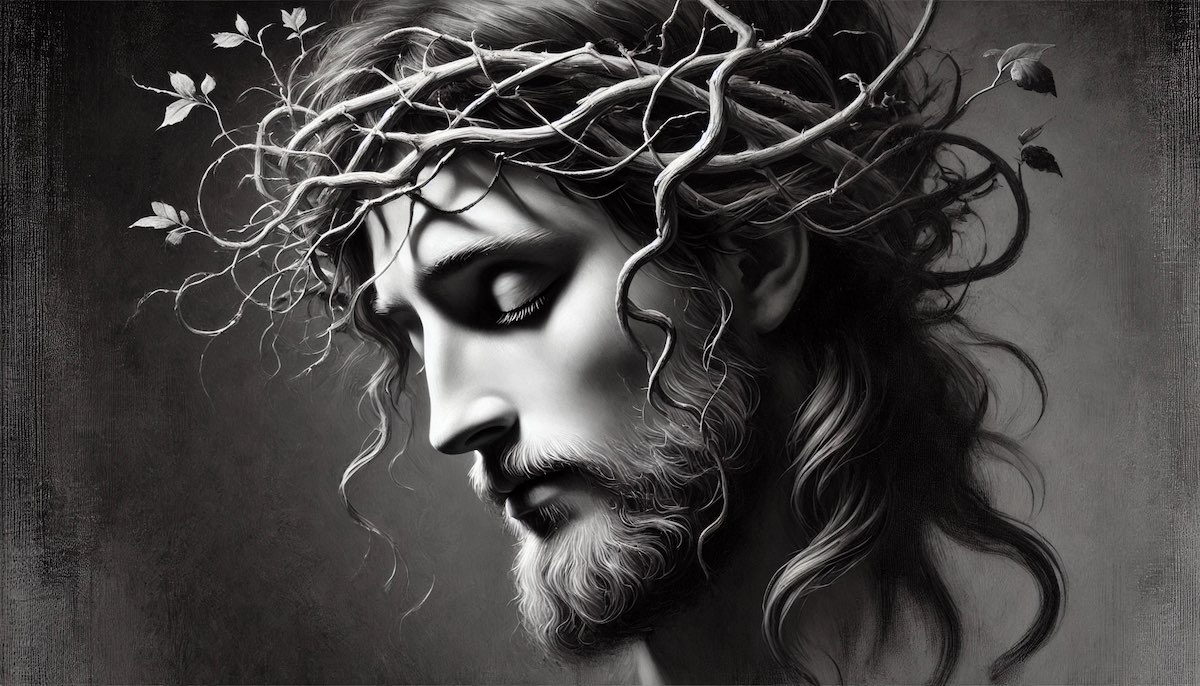
Footnotes
- So Jesus said, “When you have lifted up the Son of man, then you will know that I am he, and that I do nothing on my own authority but speak thus as the Father taught me. ↩︎
- I am the vine, you are the branches. He who abides in me, and I in him, he it is that bears much fruit, for apart from me you can do nothing. ↩︎
- Every branch of mine that bears no fruit, he takes away, and every branch that does bear fruit he prunes, that it may bear more fruit. ↩︎
- Abide in me, and I in you. As the branch cannot bear fruit by itself, unless it abides in the vine, neither can you, unless you abide in me. ↩︎
- If a man does not abide in me, he is cast forth as a branch and withers; and the branches are gathered, thrown into the fire and burned. ↩︎
